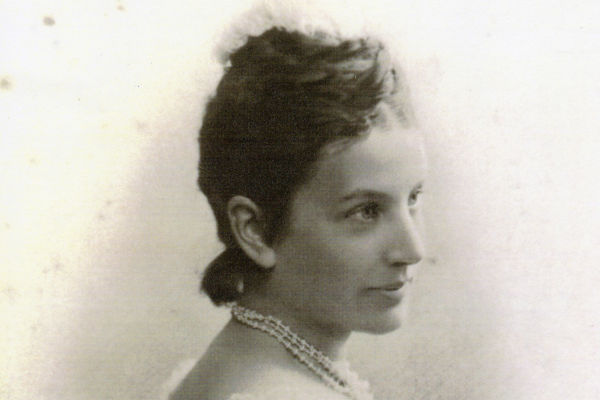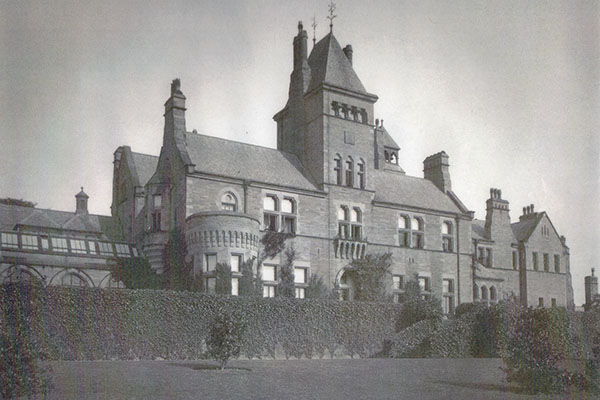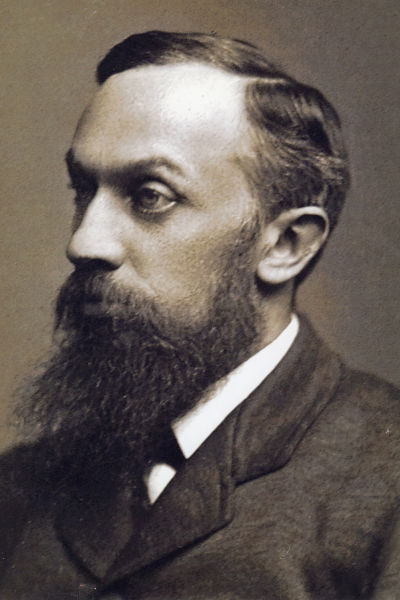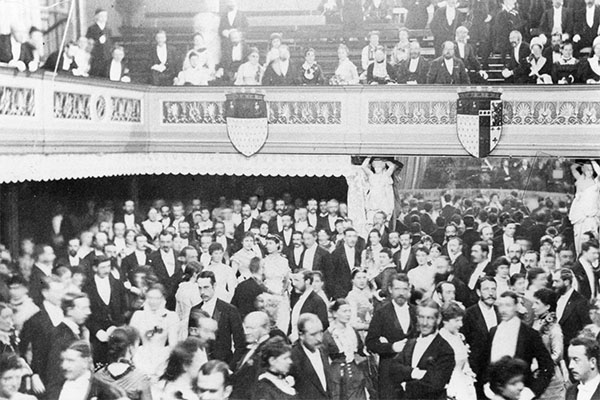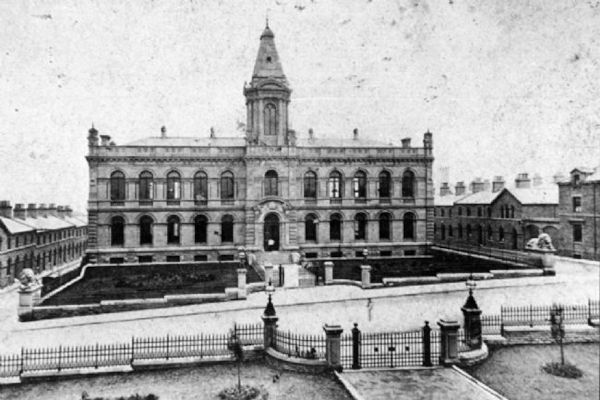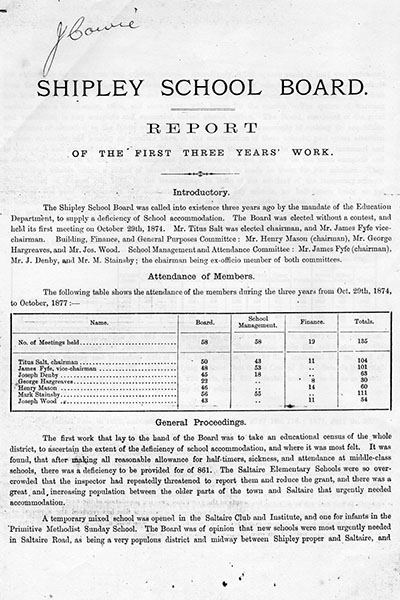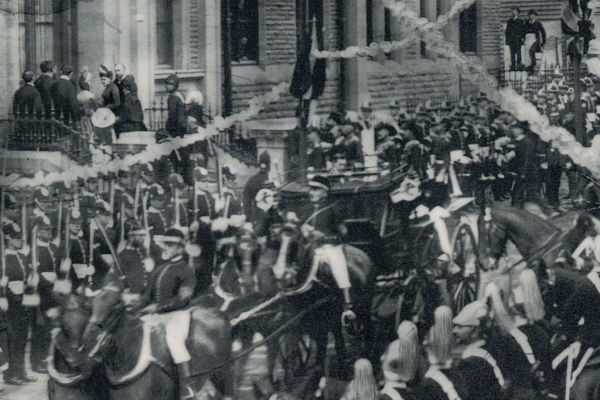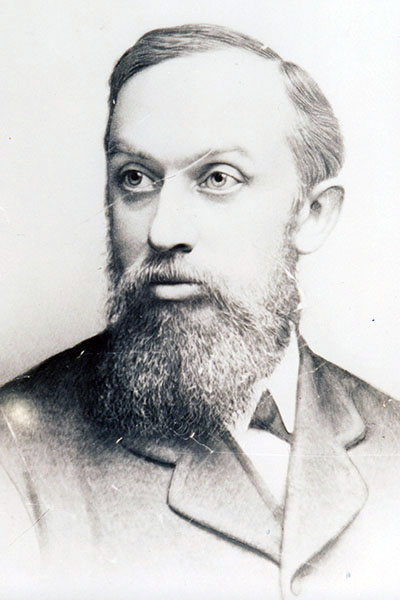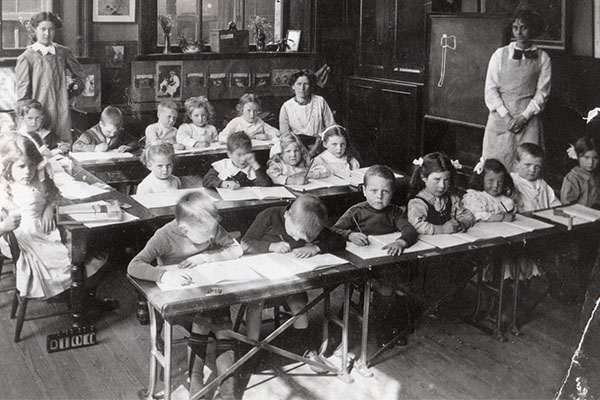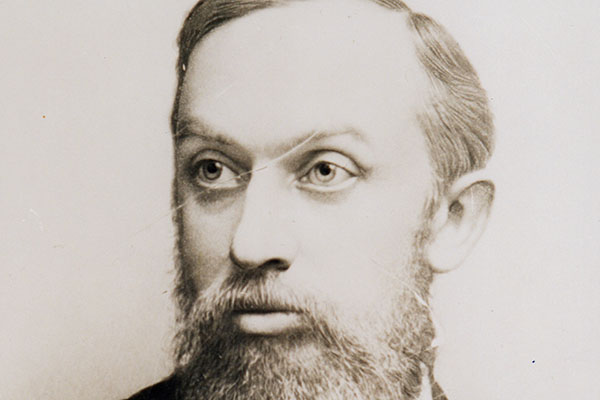Leading businessman and philanthropist
Titus Salt Junior was the fifth and youngest son of Sir Titus Salt. He was generally regarded as being the son who was the most likely to inherit his father’s business acumen and to take on a similar role in political and public life.
Titus Junior had an enormous impact on provision of education in Saltaire, but sadly his last endeavour hastened his death.
